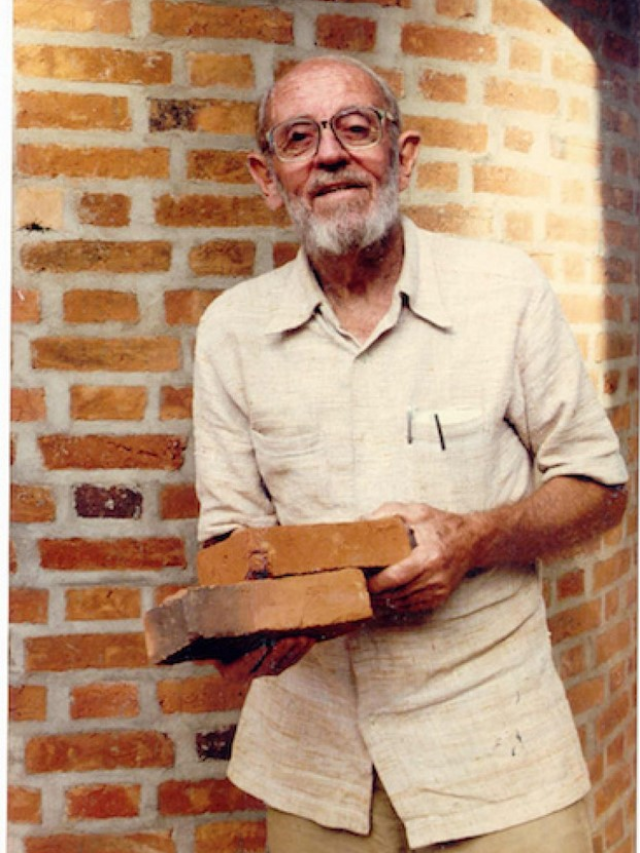Some might know him as Laurie Baker, but for us he will forever be the “Gandhi of Architecture.” Laurie Baker was born in Birmingham and studied architecture at the Birmingham School of Art and Design. During World War II, he served in the Friends Ambulance Unit (FAU); a unit of the British Religious Society of Friends, also known as Quakers. His altruistic services took him to China, Japan, and at last India. It was the time when the ‘Quit India Movement’ was at its peak. Baker was enamoured by Mahatma Gandhi and his philosophies, so much so that he decided to stay and settle in India. The Gandhian philosophy was very much a part of Laurie Baker philosophy present in his architectural wonders.
Laurie Baker Architecture Style
Laurie Baker buildings are synonymous with sustainability, indigenous, eco-friendly, and cost-efficiency. During his time in Pithoragarh, he found his English education in vain. The materials were different and so were the residents’ issues. Hence the only way out was by adapting. Barker studied the delicate nuances of traditional vernacular architecture, which solidified the cultural and geographical identity of the buildings without compromising on functionality or appeal. We know he used local products, but he also employed local residents to construct the buildings as well as process the raw materials.
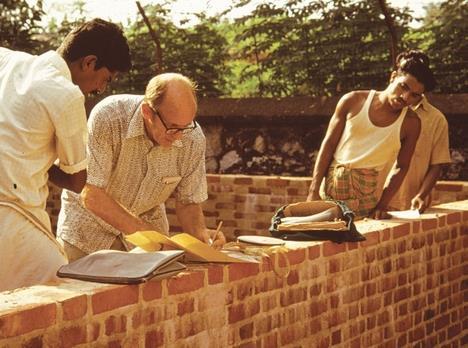
Laurie Baker construction techniques were such that they embellished the old and the broken rather than starting anew. Take his home – The Hamlet, located in Thiruvananthapuram. If we were to look at it, we would see how seamlessly it blends with the lush flora. It is as if it is emerging from the ground itself. For the construction of this building, he made use of the ‘Baker style.’ The quintessential Laurie Baker brick work, otherwise known as the rat trap bond was used in the building, minimising the need for bricks by about 25%. The furniture is made of timber from old boats, while the entrance has a mural made of stones, pottery pieces, and glass.
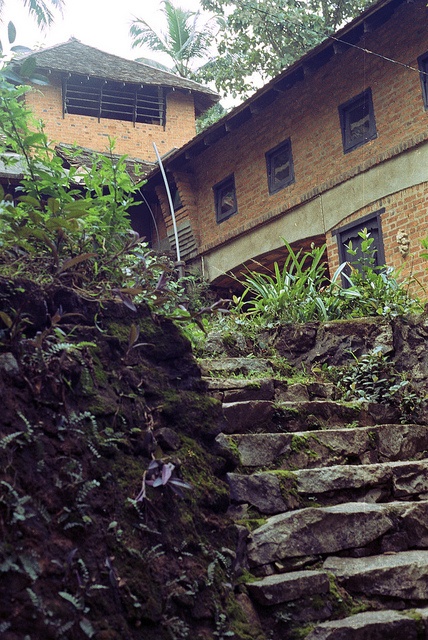
Laurie Baker Famous Works
Growing up, Baker saw architecture as music, especially Bach’s. The way Bach’s music has a crescendo on which one may build, architecture seemed like a similar entity to him. This propelled him to experiment and build exquisite designs. The oeuvre comprises numerous (and we mean it) Laurie Baker famous buildings, but here are a few that everyone has been (and will be) talking about. These Laurie Baker projects not only adhere to his architectural style and construction techniques, but they also stand as a testament to the beauty of simplicity.
Indian Coffee House Laurie Baker
Another impressive Laurie Baker work is the Indian Coffee House, built in 1958 and located in Thiruvananthapuram. The structure is in proximity to a bus station and a train station, hence it may be seen as a quick rest stop. To accommodate the diaspora and make a visually enchanting building in a small urban space, Baker developed a curved building. The cylindrical building has a spiral floor akin to a ramp. As one reaches the top, the ramp gets smaller. Instead of windows, the building has jaali work which provides natural light and ventilation.
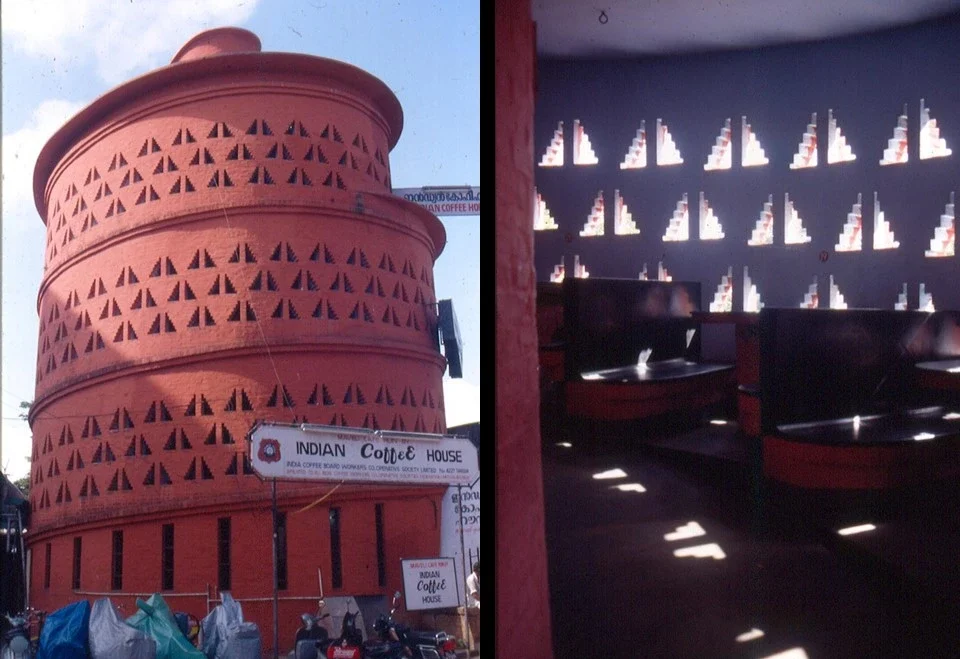
On the outer side of the ramp, seating is provided. Since it is essentially a spiral ramp, the tables and built-in seats are made in such a way that they rise in height with the ramp giving ample space to the visitors.
Laurie Baker Centre for Development Studies, Thiruvananthapuram
The Laurie Baker Centre for Development Studies (CDS) was founded by economist KN Raj. The 10-acre campus was designed by architect Laurie Baker. The Laurie Baker Centre has curved double walls (serving as extra space). The building has extensive ‘jaali work’. These perforations allow for natural ventilation and cooling while bringing in natural light. It also includes a tower, which can be reached through a spiral staircase.
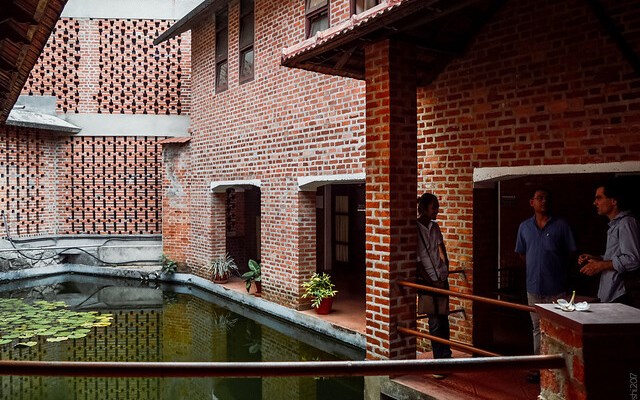
In most of the sloping roofs of the Laurie Baker Centre, Mangalore tiles are used as filler slabs. False ‘jaalis’ were developed to insulate the space and keep it warm. The use of local produce such as laterite and wood is also evident. The building has been made in accordance with the climate and the topography, relying on traditional roofs, overhanging eaves, and natural skylights. The lime mortar used was made by burning sea shells. Red oxide was used for the flooring.
Image Courtesy – Rethinking the Future
End of an Era: National Museum Facing Closure and Demolition


